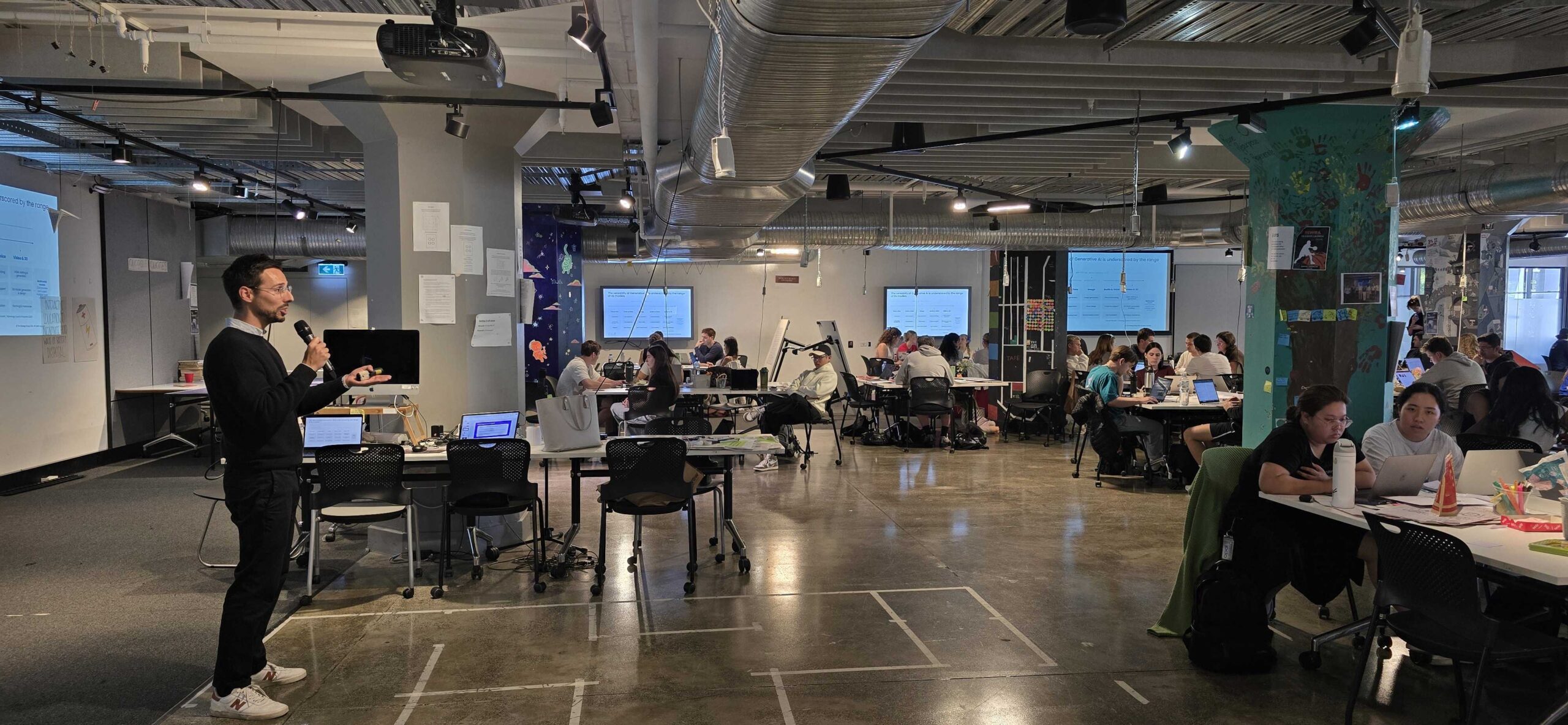Hypothesis: People who take on complicated creative projects become lost at some point in the process. It is the nature of things – in order to create, you must internalize and almost become the project for a while, and that near-fusing with the project is an essential part of its emergence. But it is also confusing. Where once a movie’s writer/director had perspective, he or she looses it. Where once he or she could see a forest, now there are only trees. Do you agree? This is the hypothesis behind Pixar’s Braintrust, a key driver of creativity behind the success of Pixar. Described in detail in Fast Company, the Braintrust puts smart and passionate people in a room together, charged with identifying and solving problems, and encouraged to be totally candid. But hang on, you say, we do that? Here are two key differences in what Pixar does to the traditional peer-review meeting: a) The first is that the Braintrust is made up of people with a deep understanding of storytelling, who usually have been through the process themselves. While the directors welcome critiques from many sources, they particularly prize feedback from fellow storytellers. b) The second difference is that the Braintrust has no authority. The director does not have to follow any of the specific suggestions. After a Braintrust meeting, it is up to him or her to figure out how to address the feedback. Giving the Braintrust no power to mandate solutions affects the dynamics of the group in ways that are unique. Receiving feedback from peers is always challenging. People say that they want it and value it, but they very very rarely actually do. People don’t like to be told the truth. And the challenge is that the “teller” of truth knows that, and so they often couch their feedback in almost meaningless jargon. Indeed, we are coached to provide “always positive” responses such as “That’s a great idea, but have you thought to…” or “That’s tremendous, but perhaps we could change it just a little” when indeed what has been presented is total garbage. What can we do then? Our suggestion is to: a) Be honest and direct and don’t mince words. Build a culture of acceptance. But after a session of honest feedback, go out for lunch and a drink. You should build a culture that welcomes genuine feedback, but does not mix up robust discussion with friendship. b) Look for diversity in the feedback loop. People who all look the same, talk the same and smile the same are the wrong crowd. c) Encourage tension that is healthy and robust. It will make everyone stronger. d) Don’t pull rank. So often the feedback of the person higher in rank is the one that counts. Rubbish. We certainly have lessons to learn from Pixar. But building your own culture of being able to deliver and receive valuable, robust and honest feedback from anyone, is something we should all aim for. As the old saying goes, what doesn’t kill you makes you stronger!
Home » Customer Experience » What Doesn't Kill You Makes you Stronger – or Does It?
What Doesn't Kill You Makes you Stronger – or Does It?

Jeffrey Tobias
Dr Tobias is an accomplished innovation consultant and entrepreneurship strategist, drawing expertise from the academic, entrepreneurial and corporate worlds. Jeffrey’s commercial and business experience is particularly focussed on lean startup, design thinking and leadership. Prior to The Strategy Group, Jeffrey was Cisco’s Global Lead for Innovation in the Internet Business Solutions Group helping Fortune Global 500 companies improve customer experience and grow revenue by transforming how they do business.
Jeffrey is a professor of innovation and entrepreneurship teaching MBA students at the Australian Graduate School of Business at the University of New South Wales. An active angel investor, Jeffrey is on the board of various well-known startups.
Read More of My Articles
Design solutions that shatter assumptions, delight customers, and define growth possibilities sustainably











